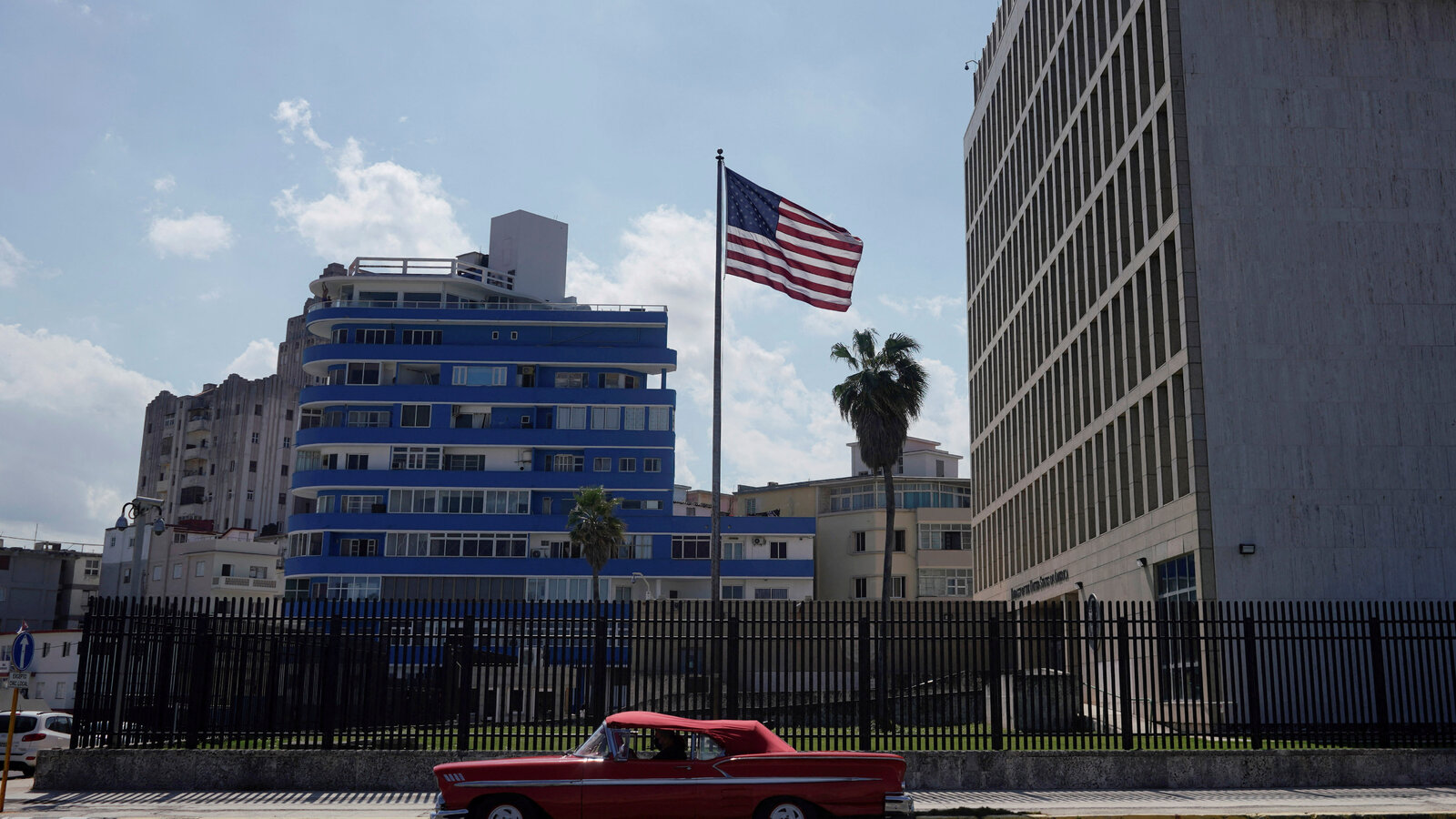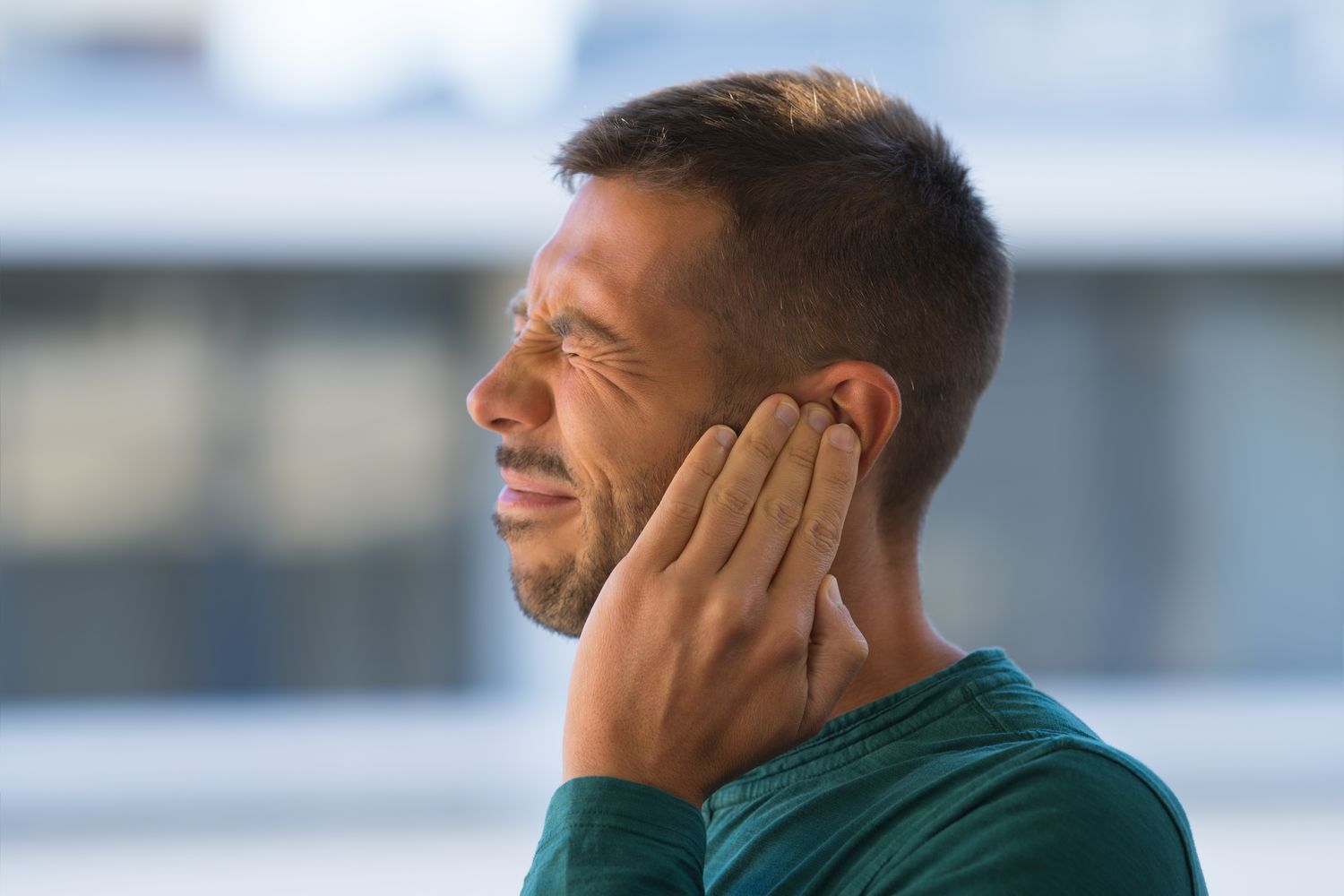In late 2016, U.S. diplomats and their families stationed in Cuba began reporting a range of neurological symptoms, including dizziness, headaches, deafness, and difficulty concentrating, following exposure to loud noises near their residences.
This phenomenon, known as “Havana syndrome,” strained U.S.-Cuba relations, triggered congressional hearings, and left some individuals with debilitating symptoms lasting years.
Similar reports surfaced in other countries, prompting the U.S. government to categorize these incidents as “anomalous health incidents” (AHIs).
The sudden onset of these symptoms sparked years of speculation among scientists and affected individuals regarding potential causes, ranging from pesticides to psychological group dynamics to noise from crickets.
Now, two new medical studies conducted by the National Institutes of Health (NIH), released on Monday, may offer some clarity.
Published in the Journal of the American Medical Association (JAMA), these studies compared over 80 affected individuals with similarly situated healthy controls.
The findings, detailed in JAMA, revealed no clinical signs or brain imaging abnormalities that could explain the widely varied symptoms reported by those with AHIs.
This aligns with a 2023 assessment from the intelligence community, which concluded that the injuries were unlikely to result from foreign attacks.
Instead, the assessment suggested potential links to pre-existing conditions, stress, environmental factors, and social influences such as group psychology, where symptoms reported by one person in a community can spread to others.
“These individuals are experiencing real symptoms and going through a challenging time,” remarked Dr. Leighton Chan, an NIH rehabilitation medicine expert who led one of the studies, during a briefing for reporters.
He emphasized that the new medical findings do not contradict the intelligence community’s assessment of the injuries.
In the first study, researchers led by Chan examined 86 people with AHIs, finding that while they reported more symptoms of fatigue, stress, and depression compared to controls, there were no significant clinical differences in hearing, balance, cognition, eyesight, or blood work.

A third of those affected were unable to work due to their symptoms. The second study, focusing on brain imaging, similarly found no notable differences in brain structure or function between 81 individuals with AHIs and 48 controls.
These findings contrast with a 2018 JAMA study that suggested signs of concussion and possible brain injuries in some individuals with Havana syndrome.
The new NIH studies utilized advanced magnetic resonance imaging (MRI) technology, which provided a clearer assessment compared to previous studies.
They also broadened the pool of controls to include more representative individuals without symptoms.
Dr. Carlo Pierpaoli of NIH’s National Institute of Biomedical Imaging and Bioengineering, who led the brain imaging study, highlighted that balance problems were a prominent complaint among those with AHIs, indicating a potential link to either physical injuries or psychological distress affecting brain function.
While acknowledging the possibility of external factors such as pulsed microwaves, proposed in a 2020 National Academies of Sciences, Engineering, and Medicine report, the researchers cautioned against drawing premature conclusions.
They noted that symptoms may have healed or left no detectable traces by the time of clinical tests or brain scans.
In response to these findings, medical sociologist Robert Bartholomew, co-author of a book on mass psychogenic illness, suggested that the AHIs may have arisen from psychological factors exacerbated by high-stress environments like U.S. embassies.
He advocated moving forward from this episode with a focus on conventional health issues amid extraordinary stress.
Concerns were raised by Mark Zaid, an attorney representing individuals with AHIs, about the ethical implications of NIH’s testing process, suggesting coercion for treatment participation.
Dr. Chan strongly refuted these claims, asserting that participation was voluntary.
The evolving narrative of Havana syndrome, initially speculated to involve “sonic” or “microwave” weapons, underscores ongoing uncertainties in understanding the reported symptoms.
Stanford University’s Dr. David Relman, who chaired the NASEM report, suggested that surveillance systems be established to swiftly detect and respond to similar incidents in the future.
While the new NIH studies provide reassurance that AHIs did not cause detectable brain damage, they acknowledge ongoing complexities in identifying definitive causes.
The debate continues regarding the potential role of external factors and the psychological dynamics underlying these incidents.
